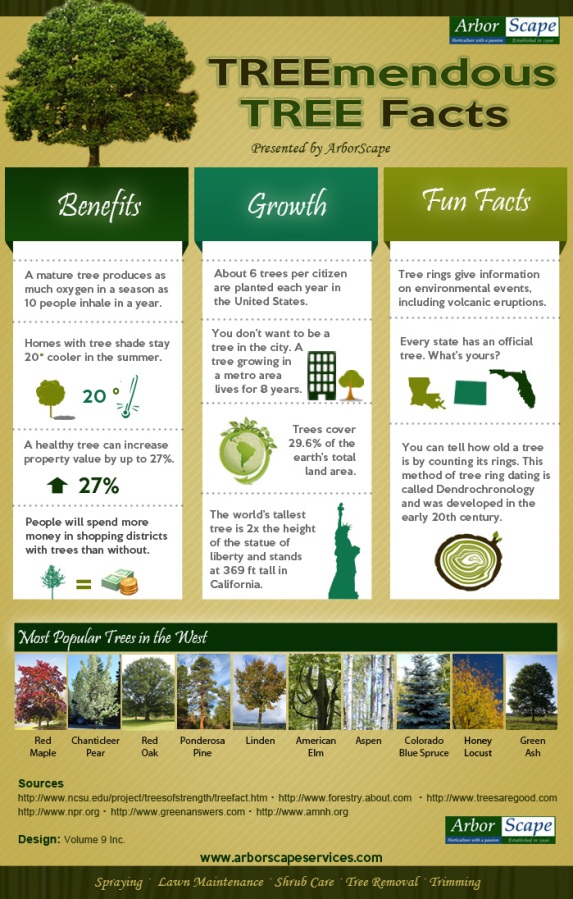Identifying The Need For Tree Removal: A Guide For Homeowners
Identifying The Need For Tree Removal: A Guide For Homeowners
Blog Article
visit our website By-Siegel Lu
Trees include beauty and worth to residential or commercial property, yet they can additionally posture a risk during extreme climate occasions. If a tree has stopped expanding, is displaying noticeable fungal growth, or has a leaning trunk, it needs to be gotten rid of by a professional to stay clear of home damages and injury.
To read more, participate in a homeowner resource reasonable co-hosted by HPD, the Center for New York City Neighborhoods, and Brooklyn-based real estate companions this evening in Bedford-Stuyvesant. The event will include the House owner Handbook, a brand-new guide to aid homeowners navigate the duties of having a home.
1. Dead or Dying Branches
Trees are an indispensable part of your home's landscape, using shade and elegance. They also supply sanctuary for wild animals and produce oxygen, yet also healthy and balanced trees can experience health issue that may necessitate their removal. Dead or dying trees aren't just unpleasant, they can be harmful. Their branches can fall throughout a storm, causing costly property damages and injuries.
When a tree's branches start to pass away, it suggests that its structure is beginning to break down. If the majority of its branches are dead, it is likely time to remove it.
Search for an absence of brand-new development, bark peeling, open wounds or dental caries, fungis growing on the trunk or roots and a general look of degeneration in the entire cover. These indicators of infection can indicate a major problem that will call for expert tree services to fix.
2. Leaning Trunk
While it's regular for trees to lean once in a while due to phototropism, if a tree has an unsafe or severe lean that's not because of natural processes - it could be an indicator that the tree requires to be gotten rid of. If the tree is favoring a high-voltage line, home, vehicle, play structure or any other area that could be hazardous to people if it drops, after that getting in touch with a specialist tree service for removal should be a leading concern.
It's also crucial to look for any kind of sudden changes in a tree's leaning as it can show damage to the origins or trunk that might lead to falling. This is especially real during stormy weather, since high winds and rain-soaked soil can trigger a lean to change rapidly. Regular surveillance, especially throughout and after tornados can aid home owners recognize potential issues with their trees so they can call an arborist for a complete assessment.
3. arborist climbing harness , such as wood-boring bugs like emerald ash borer or sap-suckers like range insects, are so severe that they can cause a tree to pass away. The most effective method to stop pest problem is to monitor your trees often. Look for places, openings, or discolorations in the fallen leaves and bark. Take a look at the trunk for fractures and indications of insect damages, such as tunnels or tracks.
If a tree ends up being too plagued with parasites, or is close to a home or power lines, an arborist might advise removal. If a leaning tree develops a new, unpredictable lean, an arborist will likely suggest removal also to make sure the safety of individuals and property. If a weakened or dead tree continually sheds excessive branches, it is a sign that it is time to eliminate the tree. If tree service insurance remains to shed branches for a prolonged amount of time, it might result in architectural issues and possible home damage.
4. Damaged Trunk
Trees are a gorgeous and integral part of our landscape, yet they do call for normal like maintain them healthy and balanced and risk-free. If a tree is damaged irreparable it is likely time for it to come down.
Seek signs of damages to the trunk, consisting of vertical fractures, joints, dead branch stubs, visible wounds or open tooth cavities and severe tree-rot. The existence of fungis at the base of the trunk is an additional warning indicator. Fungi might indicate that the phloem and xylem (life-support cells) are endangered, allowing for the spread of illness or a future failing.
Also, take into consideration whether the tree has actually stopped expanding. Healthy and balanced trees will certainly have brand-new growth every year, which might be visible as buds or branches growing and prolonging. If you do not see any kind of brand-new growth, it's a great idea to have an arborist review the tree and follow their recommendation for removal. A dying or harmed tree can fall and create property damage.